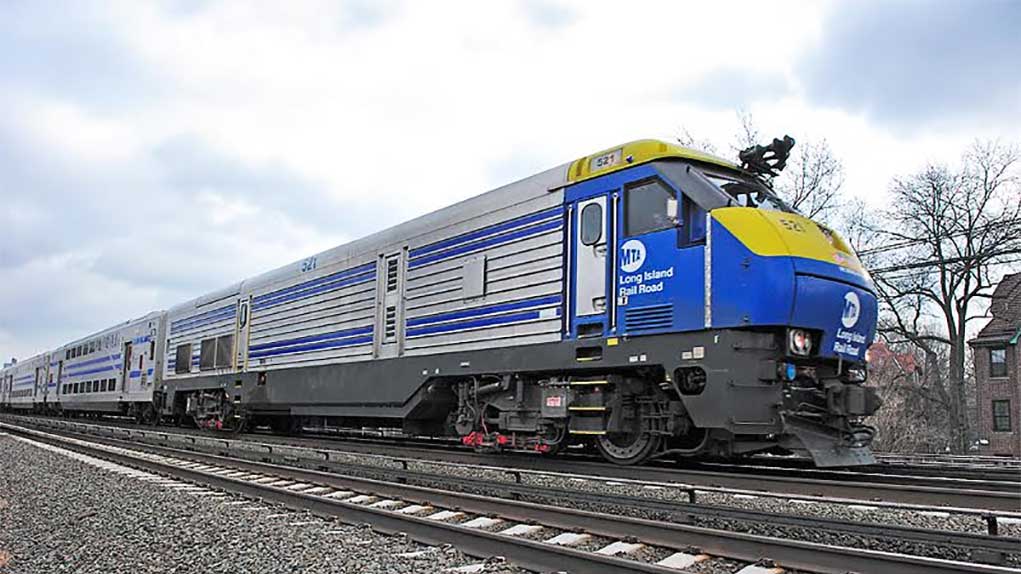India has a railway network of around 67,000 km but less than half of this is electrified. Railway electrification much like village electrification is a daunting task, and achieving 100 per cent levels in both these cases will remain ephemeral.
Over the past few years, the pace of railway electrification has certainly improved but the overall target is yet too distant. In the ongoing XII Plan period (FY13 to FY17), an estimated 7,800 km of railway electrification (route length) is expected, which will be more than the actual achievement of 4,556 km in the XI Plan period (FY08 to FY12). Despite the acceleration in pace of electrification, achieving complete railway electrification might just be impossible, and also impracticable as it would not be financially remunerative to electrify low traffic density routes. Also, railway electrification of a route means that regular operations need to be suspended. The adverse impact of such suspensions on day-to-day operations can be serious.
Railway electrification essentially aims at obviating the use of diesel in firing locomotives. It is estimated that the national exchequer could potentially save Rs.10,000 crore each year if the entire railway network were electrified. There is also a dimension of saving time. Currently, when a train enters a non-electrified zone from an electrified one, there is switching of locomotives from electric to diesel. These transitions cause loss of time, which could be very significant, when measured cumulatively.
Indigenous technology
The Indian Railways (IR) has been toying with the idea of using locomotives equipped with dual-mode propulsion systems. These locomotives can be used for both electric and diesel tractions. In a dual-mode locomotive, the transit from an electrified zone to a non-electrified one is seamless. In the coming months, the first set of such locomotive is expected to start trial runs.
What is very interesting to observe is that the manufacture of such dual-mode locomotives is poised to become an indigenous endeavour—in fact, an inspiring manifestation of the “Make in India” drive. Varanasi-based Diesel Locomotive Works, an outfit of the Indian Railways, has been mandated to manufacture dual-mode locomotives. The heart of the locomotive will be the propulsion system. Industry sources said that DLW had planned to source the propulsion system from international vendors. However, the rates quoted were much higher than what DLW had expected. (Actual figures are not known though.) When DLW negotiated and quoted its rate, it was time for international vendors to refuse. It so happens now that Indian vendors have found DLW’s quote acceptable and the propulsion system, including the dual-mode transformer, will be made by Indian vendors. If the pilot order placed on Indian vendors is proved successful, Indian Railways will enjoy substantial costs savings considering that the total current requirement is placed at some 600 locomotives. The first set of around five such locomotives is expected to be ready by March this year.
Also read: PGCIL needs to sharpen focus on intrastate grids
The giant steps in
The process of railway electrification has seen the welcome entry of Power Grid Corporation of India, a Central PSU engaged in interstate and interregional power transmission lines. Though railway electrification is technically a “small” job for PGCIL that has the credit of building complex power transmission line including the 1,200kV Bina test line, the infusion of PGCIL’s expertise will do much good to the overall railway electrification endeavour. It may be recalled that when intense village electrification was launched, PGCIL was entrusted with key projects that set the pace and standards for the large fraternity of contractors that followed.

